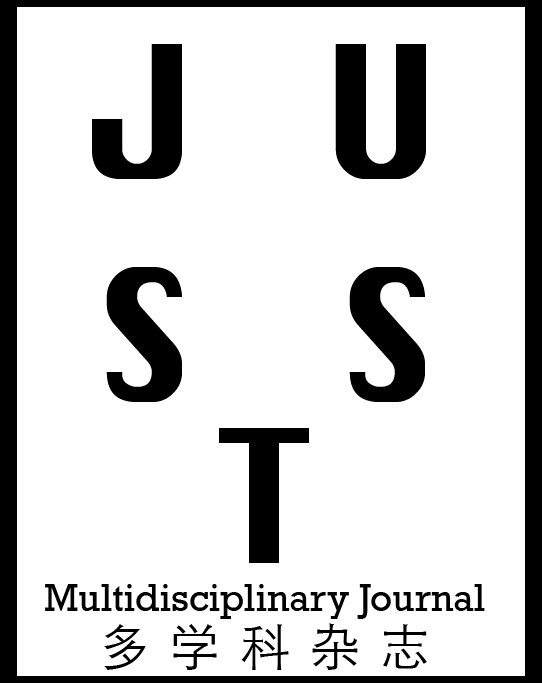Gayathri Murugesan
Department of Biotechnology, PSG College of Arts and Science, Coimbatore, Tamilnadu, India.
Madhan Shankar S R, Bhargavi Srinivasan
Department of Biotechnology, Kongunadu Arts and Science College (Autonomous), Coimbatore, Tamilnadu, India.
Antioxidant and Chemometric Profiling of phytochemicals from Eupatorium triplinerve Vahl’s leaf extract and In-silico screening of potential inhibitors of hemorrhoids
Authors
Abstract
Eupatorium Triplinerve Vahl commonly used in traditional medicine to treat
hemorrhoidal diseases. It is considered one of the most prevalent gastrointestinal diseases
with high risk and prevalence. The present systematic research aims to express the prodigious
antioxidant phytoconstituents by evaluating their chemometric analysis and molecular
docking for the identification of potential molecules against haemorrhoids. The leaves were
extracted using five different solvents and screened for qualitative and quantitative
phytochemical analysis and antioxidant potentials using DPPH and FRAP assay. Image-
based chemometric analysis of High–Performance Thin Layer Chromatography (HPTLC)
was assessed by Principal Component Analysis (PCA), and Hierarchical Cluster Analysis
(HCA) – Heat maps. Further, In-silico studies were used to identify the bioactive
phytocompounds against haemorrhoids causing protein target. Qualitative and quantitative
phytochemical analysis of the leaf extracts exhibited a richness for variegated
phytocompounds. Antioxidant potential showed significantly high for DPPH IC 50 (µg/ml):
Methanol – 51.53±0.71 and Acetone – 57.73±9.06 and reducing power capacity with a value
of FRAP (µM FeE/g): Methanol – 163±0.7, Acetone – 184±1.6 respectively. Chemometric
data acquirement demonstrated secondary metabolites alkaloids and phenol exhibit the high
intensity and close clusters with methanol and acetone leaf extract. Further, Insilico
molecular docking studies found good binding affinity (-8.027 kcal/mol) towards the
Nitrogen Oxide Synthase (NOS) protein corresponding to other ligands which might be a
hydrogen interaction formed with amino acids residues (ARG367, ALA448, TRP449). The
present study indicates that leaf extracts exhibit a strong correlation between the various
phytochemical constituents and have better potential towards the inhibitory enzyme to serve
as an effective for hemorrhoid activity.
